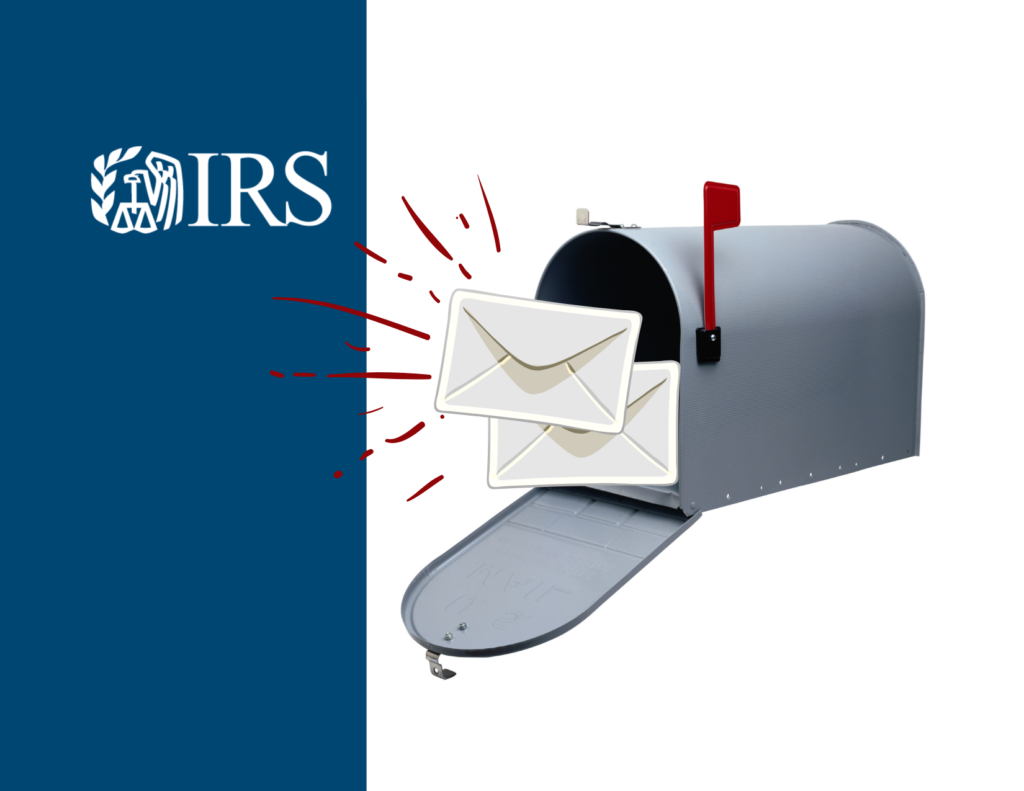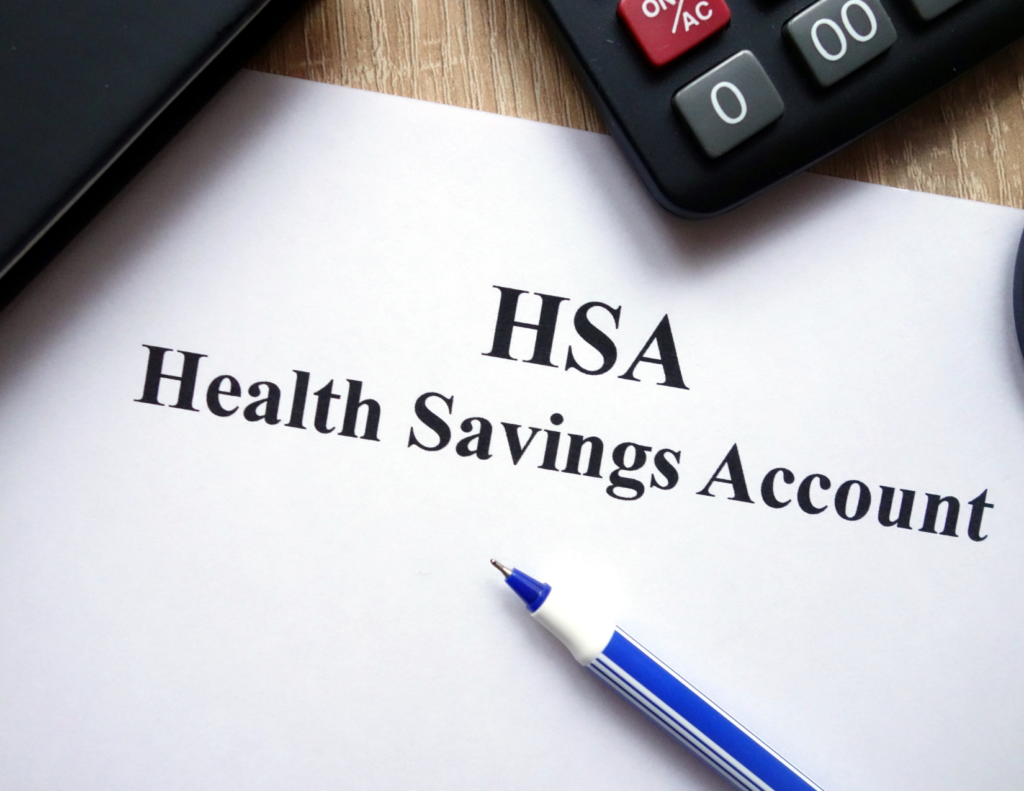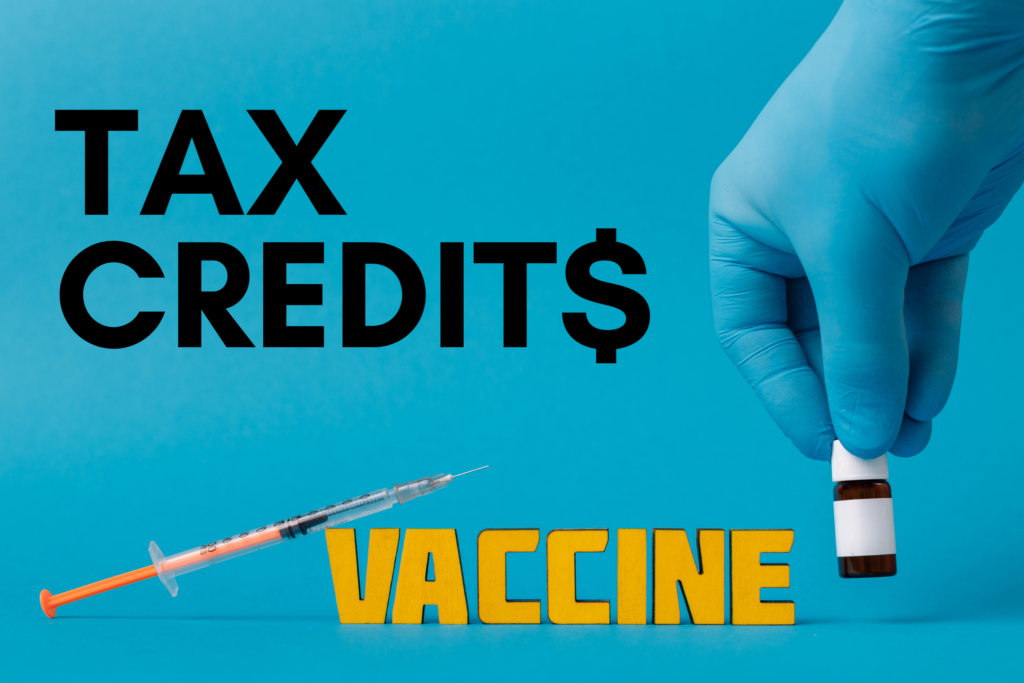ADVISORY – Retain IRS Letters Received in January
In January 2022, the Internal Revenue Service (IRS) will be sending out two letters to taxpayers:
- Letter 6419 – Advance Child Tax Credit Payments– This letter will contain the total amount of advance Child Tax Credit payments taxpayers received in 2021. You should keep this and any other IRS letters about advance Child Tax Credit payments with your tax records.
- Letter 6475 – Economic Impact (Stimulus) Payment– This letter will contain the total amount of the third Economic Impact Payment and any Plus-Up Payments received. You should keep this and any other IRS letters about your stimulus payments with your tax records.
It is important that you retain these letters and provide them to your tax professional in order for them to obtain the correct economic impact payment and advance child tax credit payment dollar amounts needed to prepare your tax returns. Entering incorrect advance child tax credit or economic impact payment amounts will cause delays in processing your tax returns and issuing refunds.
If you need assistance or have any questions on the information in this article, please call your CironeFriedberg professional. You can reach us by phone at (203) 798-2721 (Bethel), (203) 366-5876 (Shelton), or (203) 359-1100 (Stamford) or email us at info@cironefriedberg.com.









